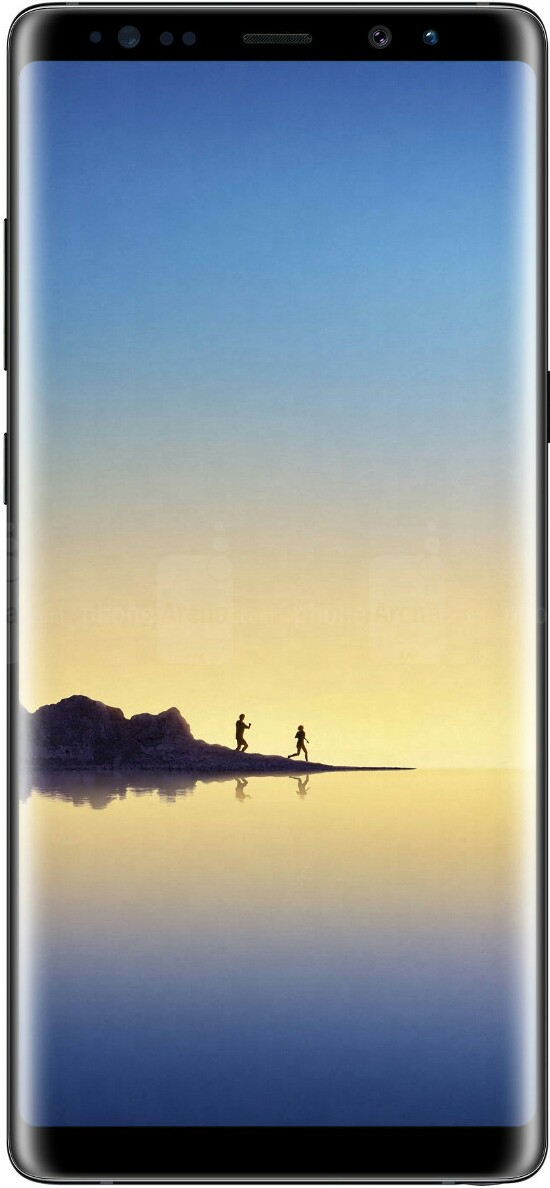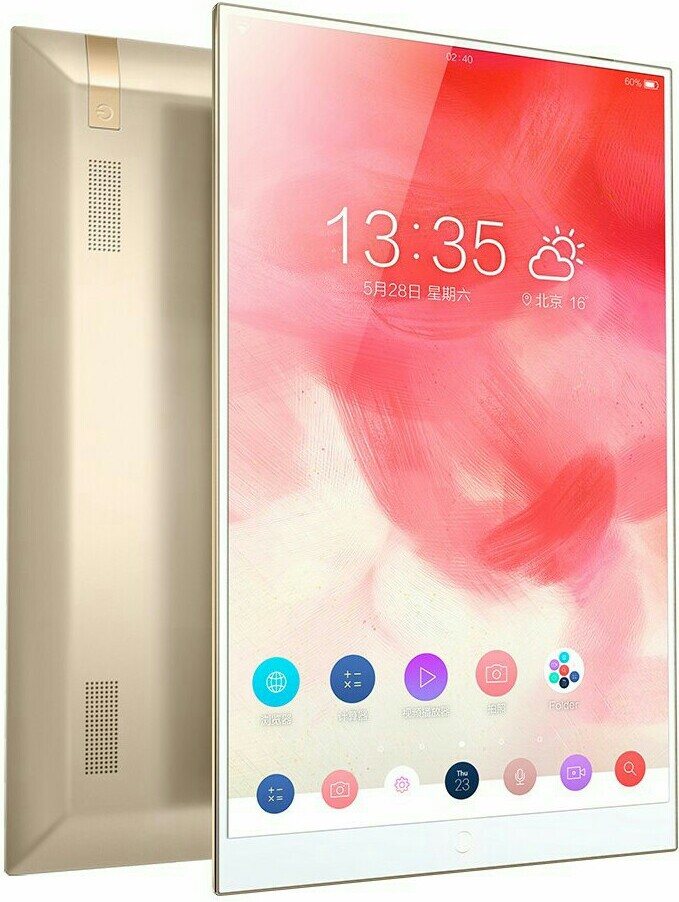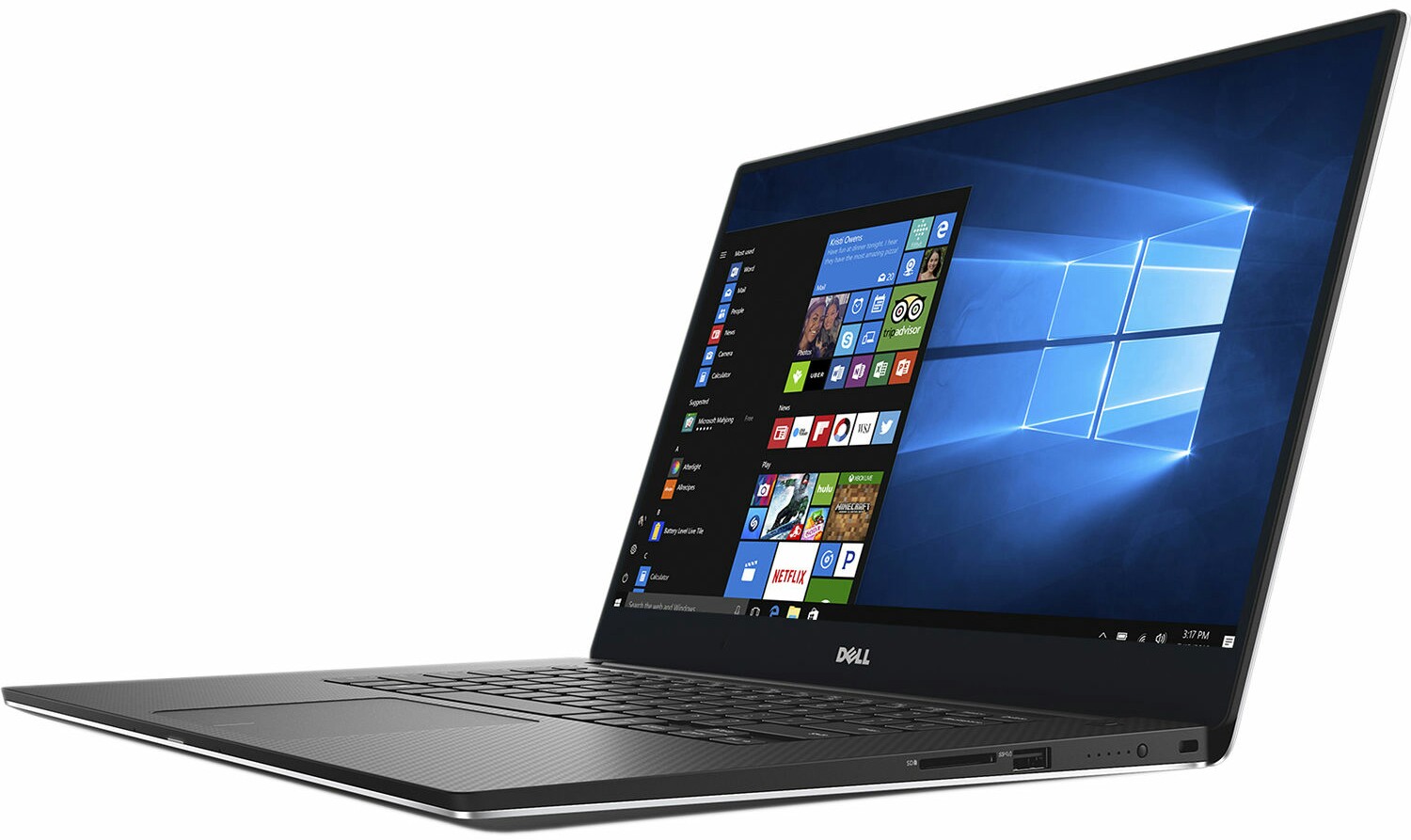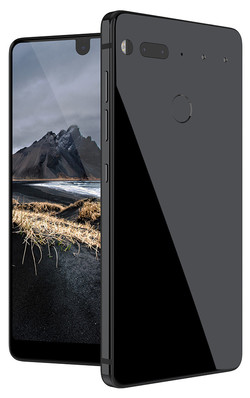What is a Bezel-less phone?
A bezel-less device is one with minimal bezels. Bezel-less designs and 18:9 or taller displays have been a characteristic trend of 2017. Bezel-less displays are advertised by many different names. Bezel-less designs have some disadvantages:
Removal or Relocation of components
More fragile devices
Increased accidental inputs
Thicker devices
Bezel-less devices have various setups:
Reduced top and bottom bezels
Only bottom bezel
Display Notch
Secondary Display
Removal or Relocation of components
More fragile devices
Increased accidental inputs
Thicker devices
Bezel-less devices have various setups:
Reduced top and bottom bezels
Only bottom bezel
Display Notch
Secondary Display
Read in detail below
In the past, bezels on computer monitors and smartphone contained circuitry but later the bezels were there only for structural strength. With the beginning of 2017, bezel-less phones started gaining popularity and became a new trend and eventually bezel-less phones for all price ranges have been released. With slimmer top and bottom bezels the height of the screen in smartphones has been increased thus bezel-less phones commonly come with an 18:9(2:1) aspect ratio rather than the traditional 16:9.

What are the synonyms of bezel-less display?
OEMs have advertised their bezel-less devices using many different names such as infinity display(popularized by Samsung), full-vision display(popularized by LG), edge to edge display, edge-less display(popularized by Sharp), nano-edge display(popularized by Asus), full optic display(popularized by Oneplus), thin-bezel display etc.Are there any disadvantages of going bezel-less?

Removal or Relocation of components on the bezels
Several components like a home button cum fingerprint sensor, front camera, notification LED and several other sensors are traditionally placed on the top and bottom bezels. With the onset of bezel-less displays, several such components are either scrapped off completely or relocated and placed in other places which might cause inconvenience.
More fragile devices
Due to more screen on the front side and curved screens, devices become fragile and more susceptible to cracks or shatters during the occasional accidental drops.Increased accidental inputs
Lesser bezels sometimes cause accidental touch inputs in devices, these are a pain in the ass.Thicker devices
A lot of devices especially laptops and tablets contain circuitry or internal components underneath the bezels. So if these bezels are to be removed, then the circuitry and components need to be placed under the display, these make the device thick.What are the different bezel-less setups?

Devices without side bezels or curved bezels at the sides(And fat bezels on the top and bottom) were earlier marketed as bezel-less. But with newer devices with lesser bezels. Most people don't consider them bezel-less any more.
Reduced top and bottom bezels

Only bottom bezel


Display Notch

Secondary Display

The trend of bezel-less displays is likely to prevail and appear in most new devices and by it's popularity it seems that it is here to stay. If not forever, at least for a few more years.
0 comments:
Post a Comment